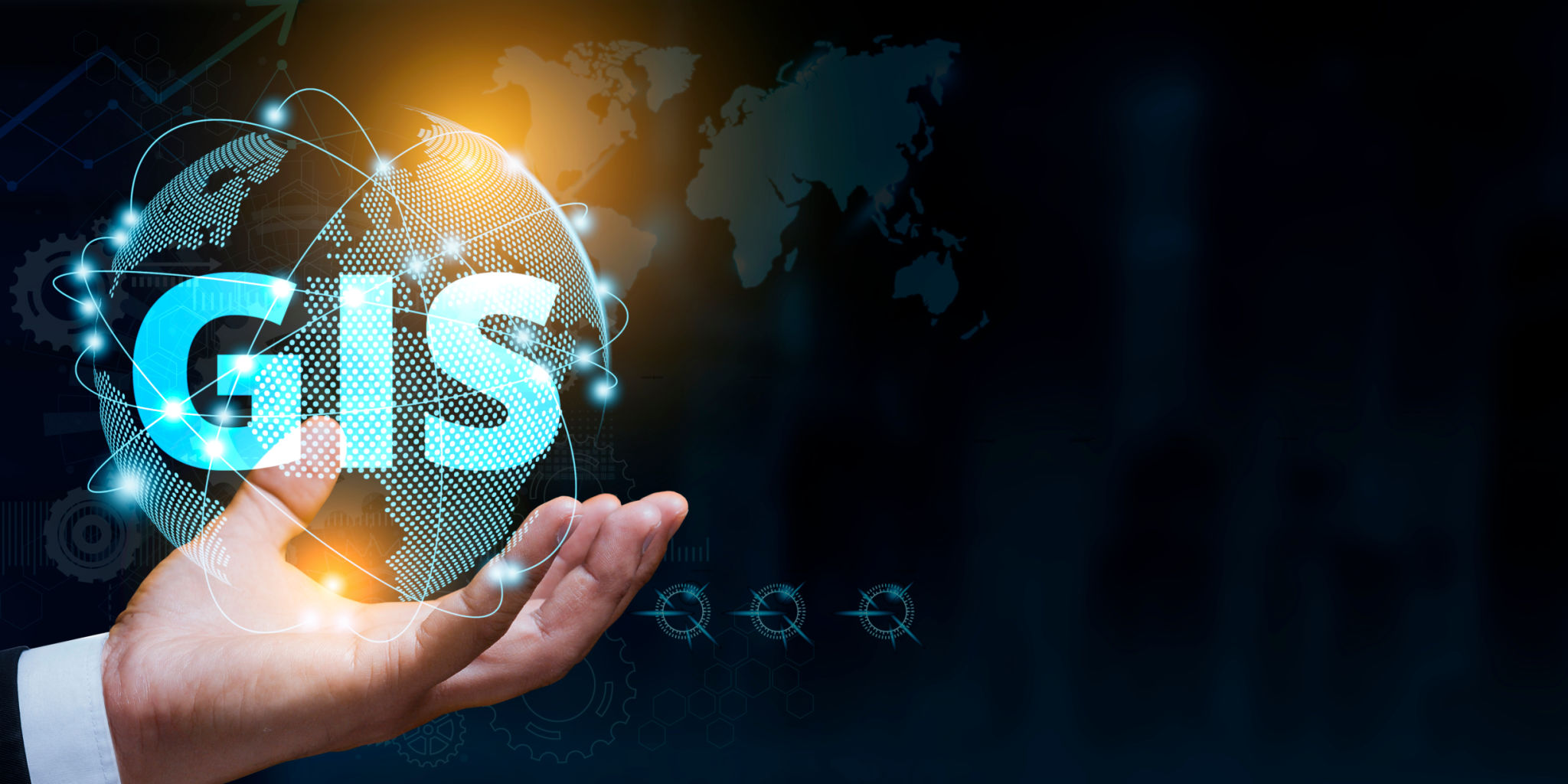Case Study: Successful Utility Mapping Solutions for Urban Projects
Introduction to Utility Mapping in Urban Projects
Utility mapping plays a crucial role in urban development projects, ensuring that all underground utilities such as water, gas, electricity, and telecommunications are accurately identified and documented. This process is essential for preventing costly delays and ensuring the safety of construction crews and the surrounding community. In this case study, we explore successful utility mapping solutions implemented in various urban projects and their impact on project efficiency and safety.

Challenges in Urban Utility Mapping
Urban environments present unique challenges for utility mapping due to the dense network of underground infrastructure. These challenges include:
- Complexity: The intricate web of utilities often makes it difficult to obtain accurate and comprehensive data.
- Data Accuracy: Outdated or incomplete records can lead to inaccuracies and increased risk during construction.
- Time Constraints: Urban projects are often on tight schedules, requiring fast but precise utility mapping solutions.
Innovative Solutions in Utility Mapping
To address these challenges, several innovative solutions have been developed. One such solution is the use of advanced geospatial technologies like Ground Penetrating Radar (GPR) and Geographic Information Systems (GIS). These technologies provide highly detailed data, allowing for more accurate mapping and planning.

In addition, some companies have adopted Building Information Modeling (BIM) to integrate utility data into 3D models. This integration helps project managers visualize and plan around existing utilities effectively.
Case Study: A Successful Urban Project
One notable example of successful utility mapping is the redevelopment of a historic district in a major city. The project team utilized GPR and GIS technologies to map out all existing utilities before any construction began. By doing so, they were able to avoid potential conflicts and delays during the construction phase.

Results and Benefits
The results of this utility mapping initiative were impressive:
- Reduced Delays: By identifying utility locations early on, the project experienced fewer unexpected disruptions.
- Enhanced Safety: Construction crews worked in a safer environment with clear knowledge of underground hazards.
- Cost Savings: The project stayed within budget due to minimized rerouting and repair costs.
The Future of Utility Mapping
As urban areas continue to grow, the demand for efficient utility mapping solutions will only increase. Future advancements may include the integration of artificial intelligence to predict potential utility conflicts and automated data collection for real-time mapping updates.
Utility mapping is an essential component of successful urban development projects. By leveraging modern technologies and innovative approaches, cities can ensure safe, efficient, and cost-effective construction processes. As demonstrated in our case study, these solutions not only mitigate risks but also pave the way for more sustainable urban projects.

